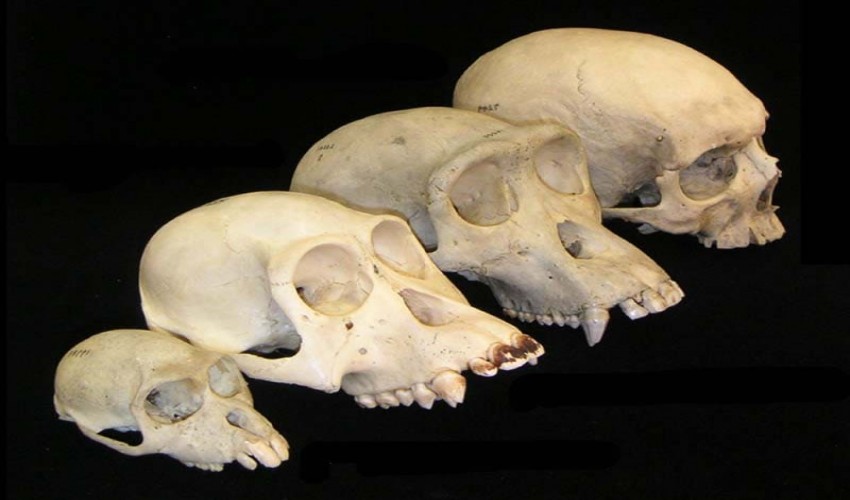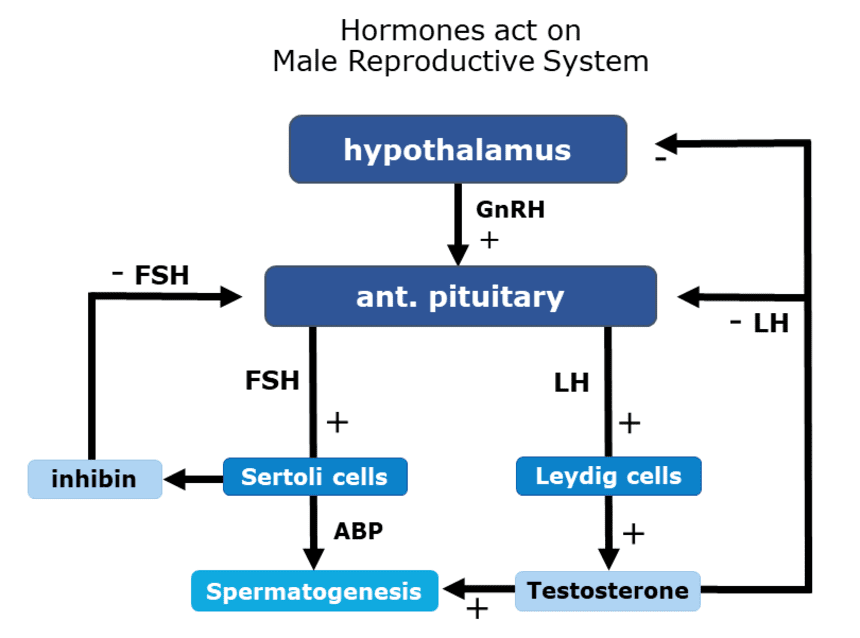
Biological Anthropology
Biological anthropology differs from cultural anthropology
in that it looks at the role that genetics, history and evolution have played
in making humans and societies into what they are today.
biological, anthropology focuses on the study of biological
aspects of human beings, past and present. Physical anthropology is essentially
a biological science; it often seems to have more in common with biology than
with the other subfields of anthropology. The importance of this subdiscipline
in anthropology, however, is its contribution to the holistic understanding of
humans. Physical anthropologists focus on both the biological nature of, as
well as the evolution of, humans. By studying primates, physical
anthropologists are able to contribute to our knowledge about the evolution of
our own behavior. Examining fossil hominids allows physical anthropologists to
study and understand the evolution of humans as a distinct species. Human
variability is another major focus of physical anthropology; physical
anthropologists are concerned with human variation, such as the differences in
hair and skin color, the differences in blood types, the relationship between
behavior and health, as well as the distribution of genetic traits. Using
knowledge gained through such studies contributes to increased health and the
decreased spread of diseases.
is a scientific discipline concerned with the biological and
behavioral aspects of human beings, their extinct hominin ancestors, and
related non-human primates, particularly from an evolutionary perspective.[1]
This subfield of anthropology systematically studies human beings from a
biological perspective.
It is a branch of Anthropology which attempts to explore
human mystery related to their origin, differentiation, diversities and
distributions. With the advancement of genetical sciences, it becomes more and
more biology oriented, and by virtue of it, its area of study got considerable
extension. By considering the whole situations, it can be divided into the
following sub-branches.
- Primatology
- Ethnology
- Human biology
- Palaeoanthropology
- Human Genetics:
- Nutritional Anthropology
- Medical Anthropology
- Physiological Anthropology
- Forensic anthropology
- Dental Anthropology
- Human Growth and Development
- Anthropometry
- Ergonomy
- Demography
- Ethology
- Fossil records
- Biodiversity
- Bioarchaeology
- Evolutionary biology
- Evolutionary psychology
- Forensic anthropology
- Human behavioral ecology
- Paleopathology
Recent Published
Submit Manuscript
To give your manuscript the best chance of publication, follow these policies and formatting guidelines.


